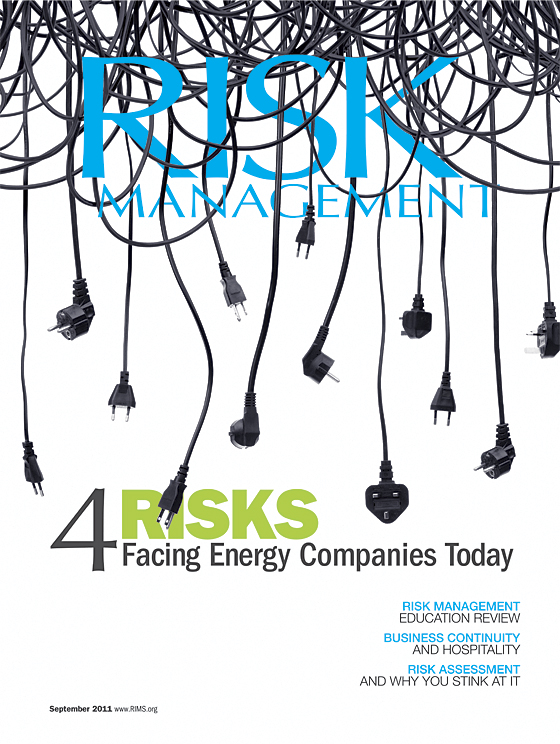Everyone knows that the U.S. health care system is inefficient. This hurts both the nation and the employers that offer coverage to their workers. But a new study by researchers at Cornell University and the University of Toronto claims that the average U.S. physician pays $61,000 more in administrative costs per year than their Canadian counterparts.
In sum, this adds up to a $27 billion overage each year.
The U.S. health insurance bureaucracy costs doctors some $27 billion extra per year compared with Canada’s single-payer system, researchers found.
The study, published in the journal Health Affairs, found per-physician costs in the United States averaged $82,975 annually, while physicians in Ontario averaged $22,205 — primarily because Canada’s single-payer healthcare system is simpler.
The researchers also found that nurses and physicians staff spend nearly 21 hours per week on administrative duties. Those in Canada spend just 2.5 hours.
The systems, population and health factors of each nation are, of course, not identical. But these are staggering numbers — particularly on top of yesterday’s news that family health care coverage has eclipsed $15,000 per year for the first time.
The New York Times explains this in the “Survey of Employer-Sponsored Health Benefits, 1999-2011,” a joint study conducted by the Henry J. Kaiser Family Foundation and Health Research & Educational Trust.
A new study by the Kaiser Family Foundation, a nonprofit research group that tracks employer-sponsored health insurance on a yearly basis, shows that the average annual premium for family coverage through an employer reached $15,073 in 2011, an increase of 9 percent over the previous year.
“The open question is whether that’s a one-time spike or the start of a period of higher increases,” said Drew Altman, the chief executive of the Kaiser foundation.
The steep increase in rates is particularly unwelcome at a time when the economy is still sputtering and unemployment continues to hover at about 9 percent. Many businesses cite the high cost of coverage as a factor in their decision not to hire, and health insurance has become increasingly unaffordable for more Americans. Over all, the cost of family coverage has about doubled since 2001, when premiums averaged $7,061, compared with a 34 percent gain in wages over the same period.
Here is a link to the full study.




